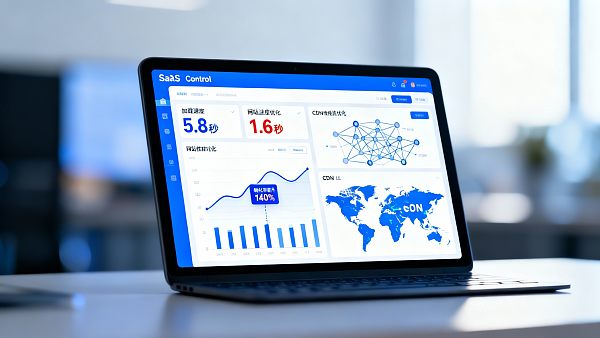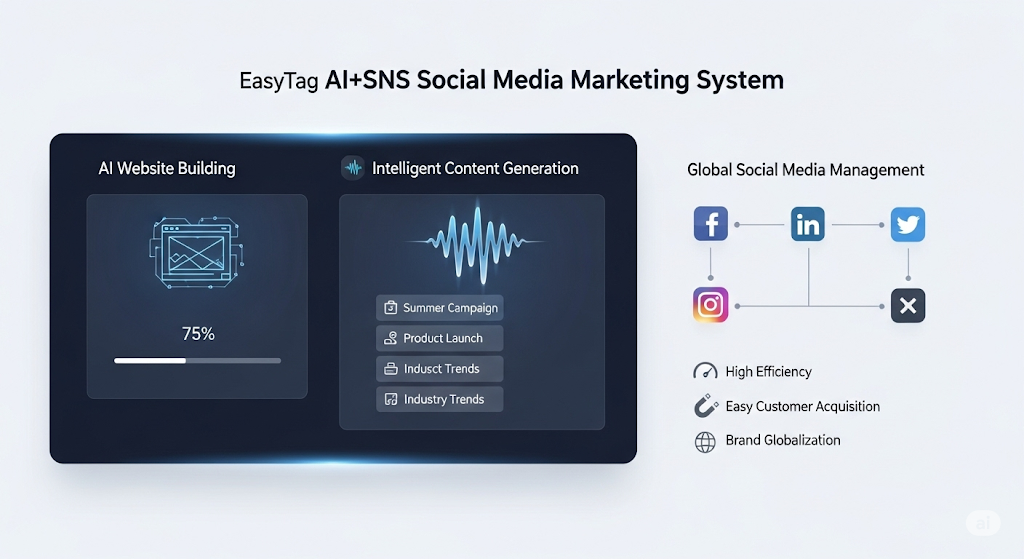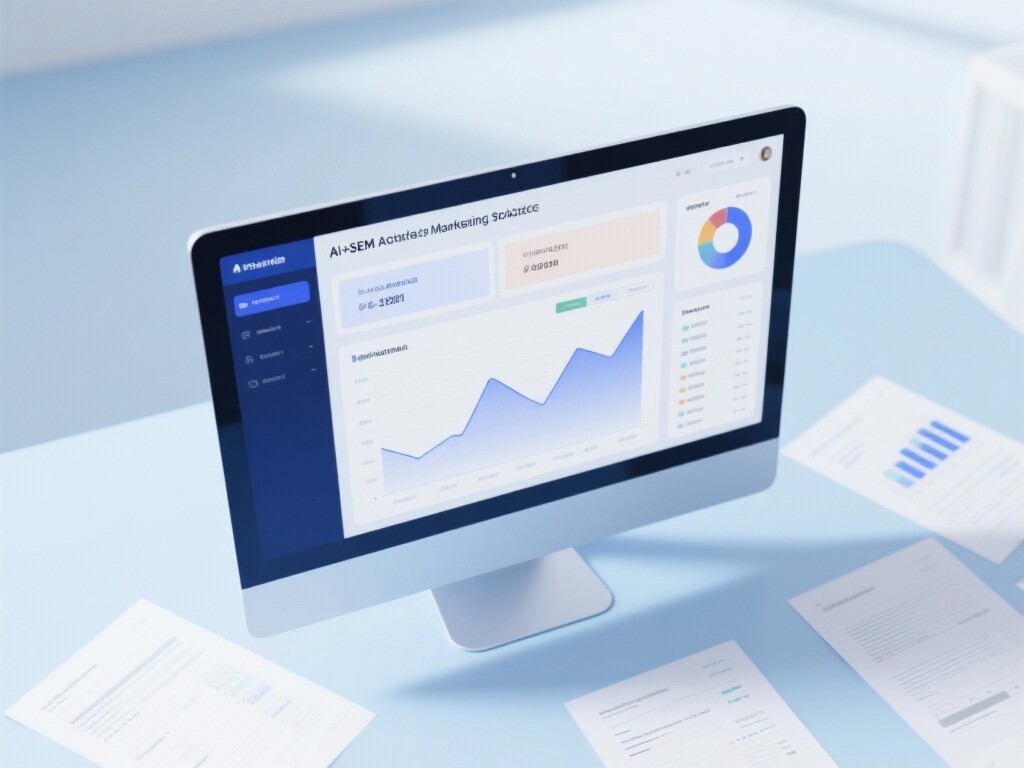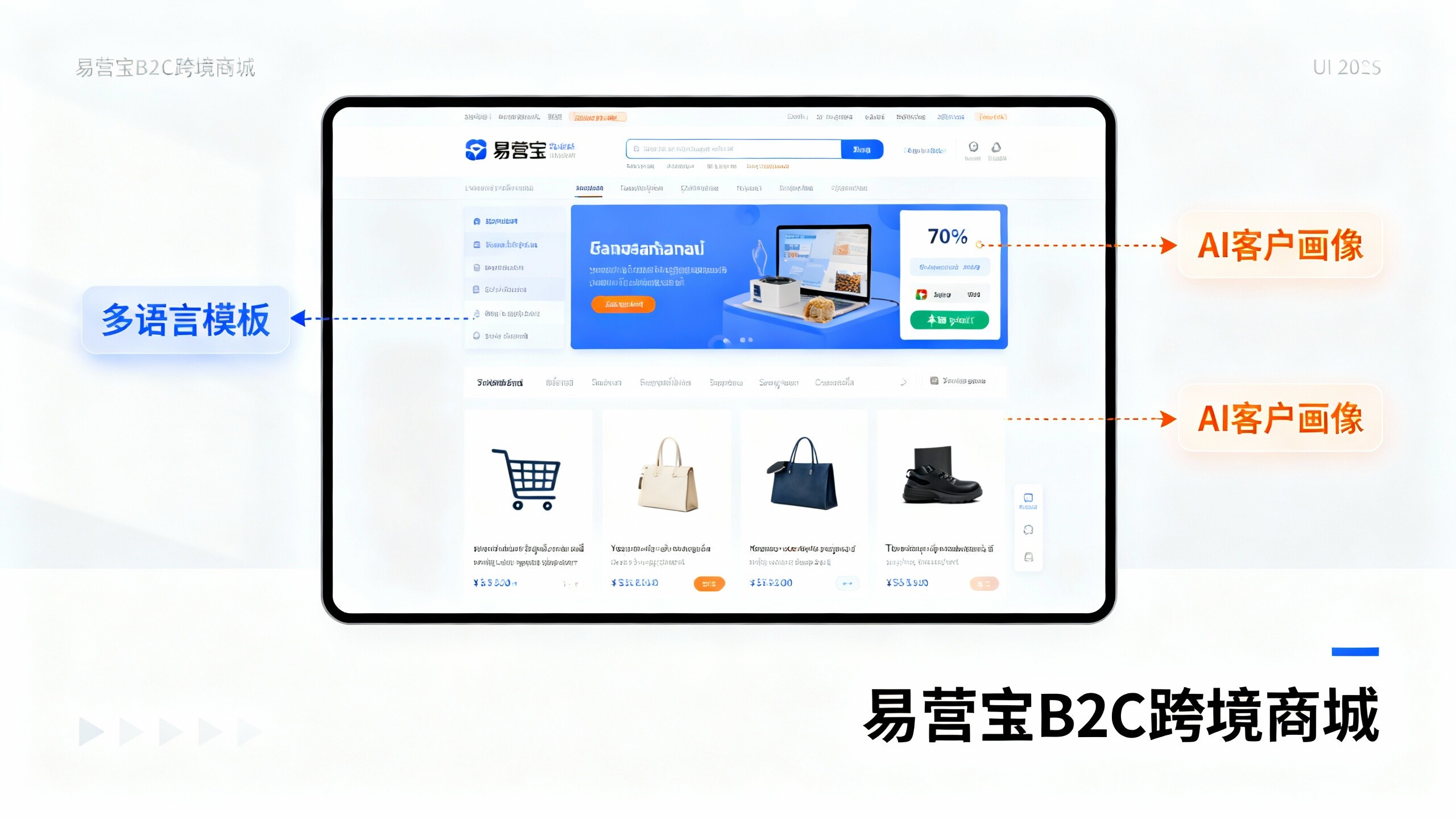- How to Build a Multilingual Website? Five Key Reliability Parameters for Vendor Evaluation2025-12-22View details
- How can a multilingual website help with foreign trade? Case study: Distributor channel growth tripled2025-12-22View details
- What is a multilingual website? A quick decision checklist for project managers2025-12-22View details
- Why Must Foreign Trade Enterprises Have Independent Websites in 2024? Market Trend Analysis2025-12-20View details
- What is the difference between an independent foreign trade website and a platform store? How can businesses make a more advantageous choice?2025-12-22View details
- Using AI to Enhance Brand Voice and Exposure: Intelligent Marketing Strategies for B2B Enterprises2025-12-22View details
- Smart website building platform competitive product analysis: Eyingbao vs. other platforms in terms of cost and ROI comparison2025-12-22View details
- 0000 Smart Website Building Platform Industry Discussion: Which Platform Has the Shortest and Most Reliable Delivery Cycle?2025-12-20View details
Foreign trade website loading speed of 80% of visitors will be lost this truth you know?
Website Loading Speed: The Silent Killer of Conversion Rates
Studies show that for every 1-second delay in website loading speed, the bounce rate increases by 32%! As an international trade company, are you struggling with slow-loading independent websites and high bounce rates? Our SaaS platform leverages global CDN acceleration and AI performance optimization to help you overcome multilingual website loading challenges, boosting visitor conversion rates by 200%.
In the era of global digital marketing, website loading speed has become a critical factor determining the success of international trade companies. According to Google research, 53% of mobile users abandon pages that take longer than 3 seconds to load, while B2B decision-makers have even lower patience thresholds—79% of visitors will immediately close slow-responding websites. This loss represents not just reduced traffic numbers but also the direct evaporation of potential orders.

Why Are International Trade Websites More Sensitive to Speed?
Compared to domestic websites, international trade websites face three unique challenges: First, cross-regional access results in exponentially increased data transmission distances—for example, requests from U.S. users to Chinese servers must traverse the Pacific. Second, multilingual versions require additional processing for translation scripts and localized resources. Finally, international buyers have higher standards for user experience—Nielsen Norman Group research shows that European and American users are 40% less tolerant of page delays than Asian users.
The cumulative effect of these challenges is alarming: Our diagnostics show that unoptimized international trade websites average 5.8 seconds for first-screen loading—far exceeding the industry gold standard of 2 seconds. More critically, 62% of these delays stem from technical architecture issues rather than simple bandwidth limitations.
Technical Analysis: The Five Culprits Behind Slow Speeds
1. Strategic Errors in Server Geographic Placement
Many companies choose single-server deployments to save costs, which is disastrous for international access scenarios. For every additional 1,000 kilometers of physical distance, TCP transmission latency increases by 30-50ms. For instance, Dubai users accessing Shanghai servers experience delays as high as 300ms, while switching to Frankfurt nodes can reduce this to 80ms.
Our solution is building a global distributed server network with 22 core nodes covering seven major continental business hubs. Combined with intelligent DNS resolution, the system automatically routes user requests to the nearest node, maintaining global average access latency below 150ms.
2. Unoptimized Multilingual Implementation Solutions
Traditional multilingual websites often use plugin translation tools, which have two major flaws: requiring additional JavaScript libraries (adding 200-400KB of resource requests) and unstable machine translation quality (leading to frequent language switching). W3Techs statistics show such websites have 27% higher bounce rates than native multilingual sites.
We employ Google Neural Machine Translation (GNMT) to build language layers, generating static language versions during publishing. Each language has independent URLs without runtime translation, combined with edge caching technology, making multilingual pages load 3x faster than dynamic translation solutions.
3. Bloated Frontend Code and Resources
Many website platforms load dozens of CSS/JS files by default for comprehensive functionality. HTTP Archive data shows median international trade webpages now reach 2.1MB, with images accounting for 58%. When accessed via mobile networks, such resource volumes frequently cause timeout issues.
Our AI performance optimization module automatically executes: compressing images to WebP format (65% size reduction), merging CSS/JS files (80% fewer requests), and deferring non-critical resource loading. For one machinery equipment company, these optimizations reduced homepage load time from 4.3s to 1.6s, increasing mobile conversion rates by 140%.
Three-Tier Performance Optimization Strategy

1. Architecture-Level Acceleration: From CDN to Edge Computing
Traditional CDNs only cache static resources, leaving dynamic content untouched. Our edge computing solution with AWS caches database queries and API responses at nodes. When Swiss clients query inventory, requests no longer need to return to Chinese servers—results come from nearby nodes, reducing latency from 800ms to 120ms.
2. AI-Driven Real-Time Diagnostic System
Conventional tools scan only 1-2 times monthly, missing timely issue detection. Our intelligent website diagnostic tool continuously monitors 150+ performance metrics, including:
3. Full-Path Performance Baseline Management
Optimizing frontend alone is like painting over a sinking ship. We establish complete performance baselines for each client—from DNS resolution to payment completion—such as:
- German users completing checkout within 8 seconds
- Brazilian market product images not exceeding 500KB
- Mobile checkout forms with ≤15 fields
Action Guide: Three Steps to Quantum Leap

Implement these steps for immediate website performance improvements:
- Geolocation Testing: Use WebPageTest to simulate access speeds across 20 global cities
- Critical Resource Optimization: Identify render-blocking resources via Google Lighthouse
- Technical Architecture Upgrade: Adopt a multilingual independent website solution with global acceleration
Conclusion: Speed Is Competitive Advantage
In the seconds-counting battlefield of international trade, loading speed has evolved from technical parameter to core business metric. Brands presenting key information within 3 seconds are silently winning customer trust and orders. As decade-long global digital marketing experts, we've helped over 100,000 companies break through speed barriers—now it's your turn to act.
Experience Now: Get your exclusive international website optimization solution, propelling your global business ahead!
- Campbell (name)
- free-standing station
- EasyStore SAAS Website Builder
- Multi-language website
- Foreign Trade Website Optimization
- Website Diagnostic Tool
- Intelligent website building
- Foreign trade independent website
- Multilingual Independent Site
- Website loading speed
- Platform
- Global CDN Acceleration
Related Articles
 Does a multilingual website benefit SEO? Technical implementation report on actual search traffic measurements
Does a multilingual website benefit SEO? Technical implementation report on actual search traffic measurements Which website construction company in Weifang is reliable? 5 key points to help you choose the right supplier
Which website construction company in Weifang is reliable? 5 key points to help you choose the right supplier How do website security vulnerabilities affect SEO rankings? Must-know protection measures for 2024
How do website security vulnerabilities affect SEO rankings? Must-know protection measures for 2024
Related Products














